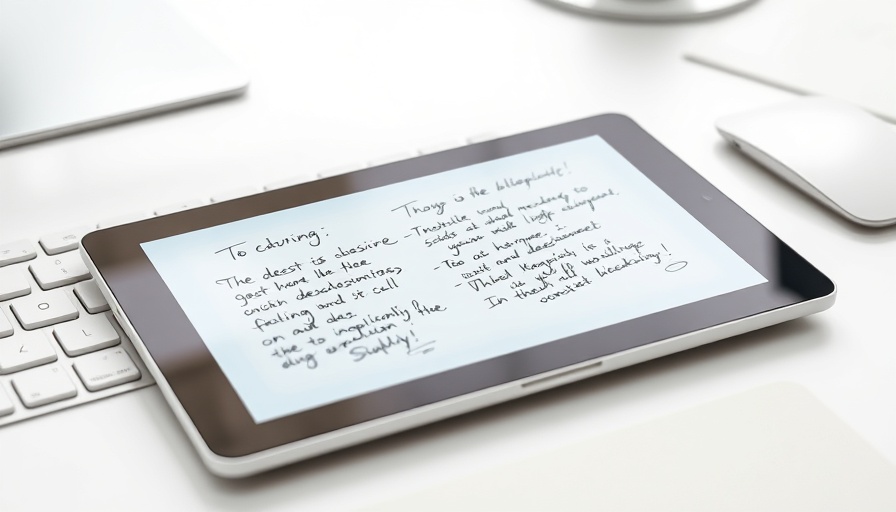
Rethinking Your Digital Eye Care: The Myths of Blue Light Glasses
In a world where digital devices dominate our daily lives, the quest for effective solutions to common problems like digital eye strain has surged. A recent warning from Dr. James Kelly, an eye surgeon based in New York, highlights that a popular wellness accessory, blue-light glasses, might not be as beneficial as they seem. With statistics showing that 60% to 65% of Americans experience symptoms of digital eye strain, understanding practical steps to counteract these effects is vital.
What's the Science Behind Blue Light?
Blue light, emitted by screens, has become a topic of debate among health professionals. Dr. Kelly asserts, "There is essentially no serious scientific evidence that blue-light-filtering lenses meaningfully reduce eye strain or improve sleep." This statement aligns with recommendations from the American Academy of Ophthalmology, which does not endorse these glasses for alleviating visual discomfort.
Understanding Digital Eye Strain: Causes and Effects
Digital eye strain, also termed computer vision syndrome, primarily arises due to the prolonged time spent staring at screens. Factors such as small font sizes, unoptimized lighting conditions, and reduced blinking rates compound the problem, leading to discomfort that can affect productivity and morale in workplaces. Rather than relying on unproven products like blue-light glasses, addressing these factors can yield significant improvements.
Five Effective Strategies to Combat Digital Eye Strain
Dr. Kelly offers five actionable strategies that can effectively combat digital eye strain:
- Adopt the 20-20-20 Rule: Every 20 minutes, take a 20-second break to gaze at something 20 feet away. This simple habit helps relax eye muscles and reduce strain.
- Stay Hydrated: Frequent use of preservative-free artificial tears can alleviate dryness, especially in environments with low humidity.
- Optimize Your Workstation: Place your screen at arm’s length and slightly below eye level to minimize strain. Experimenting with font sizes and using night mode can enhance comfort.
- Regular Breaks: Incorporating regular short breaks can significantly reduce cumulative visual stress.
- Improve Lighting: Matching screen brightness to your environment and employing anti-glare filters can further decrease the discomfort associated with screen glare.
Comparative Insights: Beyond Blue Light
While blue-light glasses have become fashionable, their effectiveness is under scrutiny within the medical community. Notably, the global market for these glasses is projected to grow substantially, from $2.9 billion in 2024 to an anticipated $5.8 billion by 2034. This raises questions about consumer perception driven more by marketing than by empirical evidence.
Looking Ahead: Future Trends in Eye Care
The increasing reliance on digital screens across all sectors suggests that eye care professionals will need to adapt. Future innovations might focus on holistic approaches to eye health that incorporate ergonomic improvements and screen usage education rather than quick-fix solutions.
What You Should Consider
For residents and businesses in Kansas City, understanding these insights can foster healthier habits among employees and improve workplace productivity. Awareness of digital eye strain can lead to better outcomes, not just for individual health but also for overall organizational efficiency.
Share Your Thoughts
Have a story to share, or want to contact us for more details? Drop us an email at team@kansascitythrive.com. It's vital that we continue the dialogue on health and wellness, especially as technology becomes even more integrated in our daily lives.
 Add Row
Add Row  Add
Add 





Write A Comment